Granada,
Spain
In
the morning we headed to Granada Spain. Once
there, we visited the thirteenth century Alhambra Palace, one of Spain’s most
celebrated monuments, dramatically perched atop Assabica Hill and overlooking
the entire city of Granada.
According to Wikipedia and our Guide, the Alhambra served as a palace and fortress. It was originally constructed as a small fortress in 889AD on the remains of Roman fortifications, and then largely ignored until its ruins were renovated and rebuilt in the mid thirteenth century when its current palace and walls with many beautiful, intricate details was completed. It was converted into a royal palace in 1333 by Yusuf I, Sultan of Granada. After the conclusion of the Christian Reconquista in 1492, the site became the Royal Court of Ferdinand and Isabella (where Christopher Columbus received the royal endorsement for his expeditions) and the palaces were partially altered in the Renaissance style. In 1526 Charles I & V commissioned a new Renaissance palace better befitting the Holy Roman Emperor in the revolutionary Mannerist style influenced by humanist philosophy in direct juxtaposition with the Andalusian architecture, but it was never completed due to rebellions in Granada.
Alhambra ultimately fell into disrepair for centuries, the buildings
occupied by squatters. The
rediscoverers were first British intellectuals and then other north European Romantic travelers. It is
now one of Spain's major tourist attractions, exhibiting the country's most
significant and well-known Islamic architecture, together with 16th-century and later Christian building and garden
interventions. The Alhambra is a UNESCO World Heritage Site.
The photos you are about to see include many aspects of Alhambra from the
artistic to the fine detail to the architecture, it was fascinating!
The
Palace of General Life became a leisure place for the kings of Granada when they
wanted to get away from the official affairs of the palace. It was built in the
13th century and it was redecorated in 1313-1324. The palace and gardens were originally built
during 1273-1302, and updated in 1302–1309 and in 1313 - 1324.
The complex consists of the Court of the Water Channel, which has a long
pool framed by flowerbeds, fountains, colonnades and pavilions, and the Sultana's
Garden also known as the Courtyard of the Cypress. Originally the palace was
linked to the Alhambra by a covered
walkway across the ravine that now divides them. The present-day gardens were started in 1931
and completed in 1951. The walkways are paved in traditional mosaic of pebbles:
white ones from the River Darro and black ones
from the River Genil. The Palace of General Life
is also a UNESCO World Heritage Site in Granada, along with the Alhambra palace and gardens.
Upon leaving Alhambra we enjoyed a scenic drive through Grenada to see more sights and even had a stop so that we could enjoy our own time walking the neighborhood and a lovely plaza located at the base of the mountain of Alhambra Palace.
Jan 🌷🌷🐾🐾
PS: If you would like to leave
a comment please send it to blueberi254@gmail.com. Thank you.


















































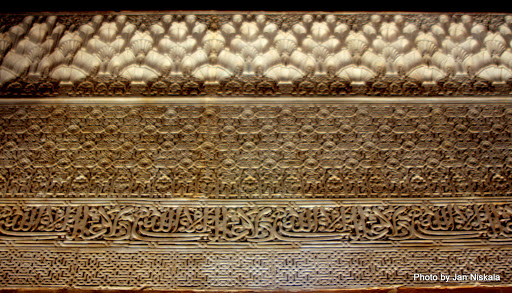

























































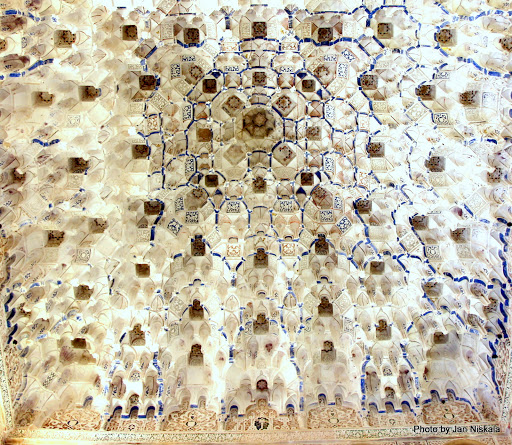

























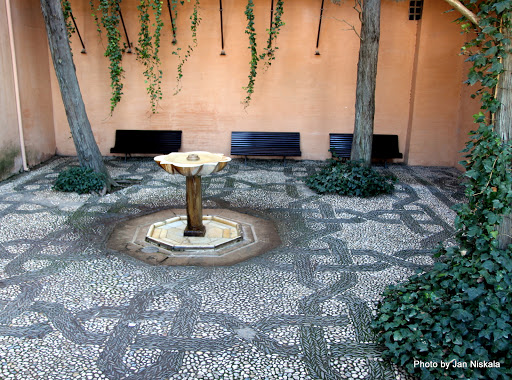
































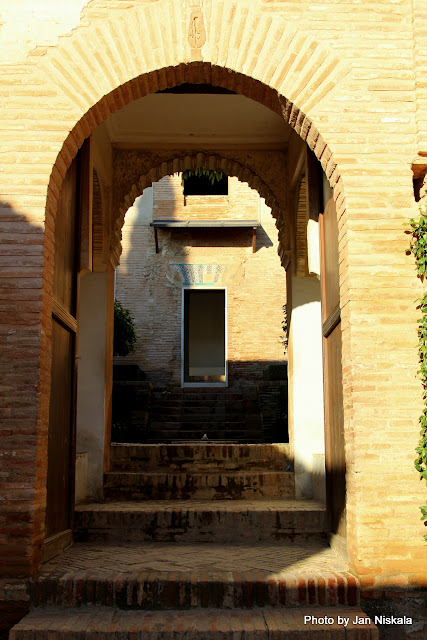












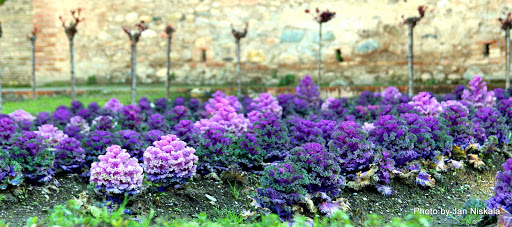














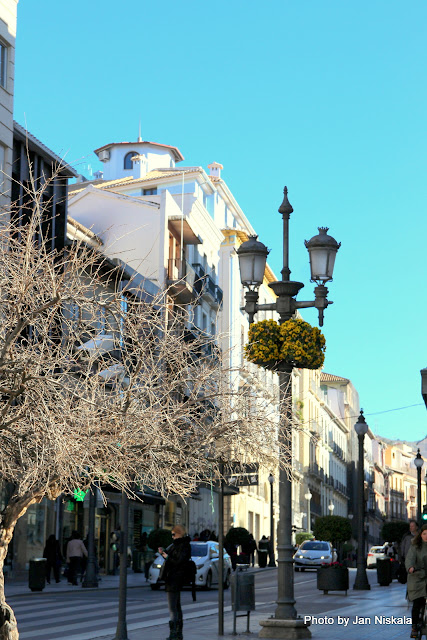































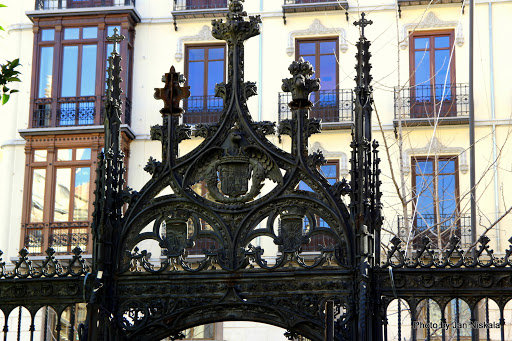





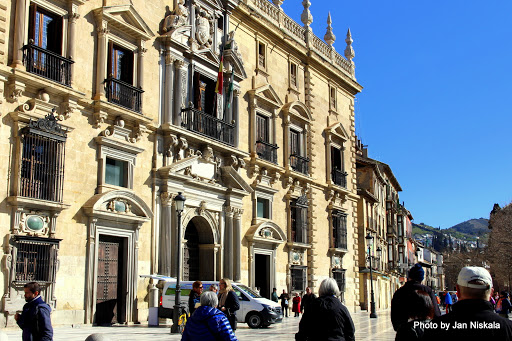























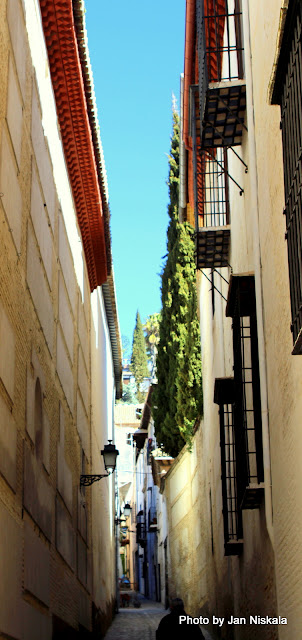








1 comment:
Beautiful!!
Post a Comment